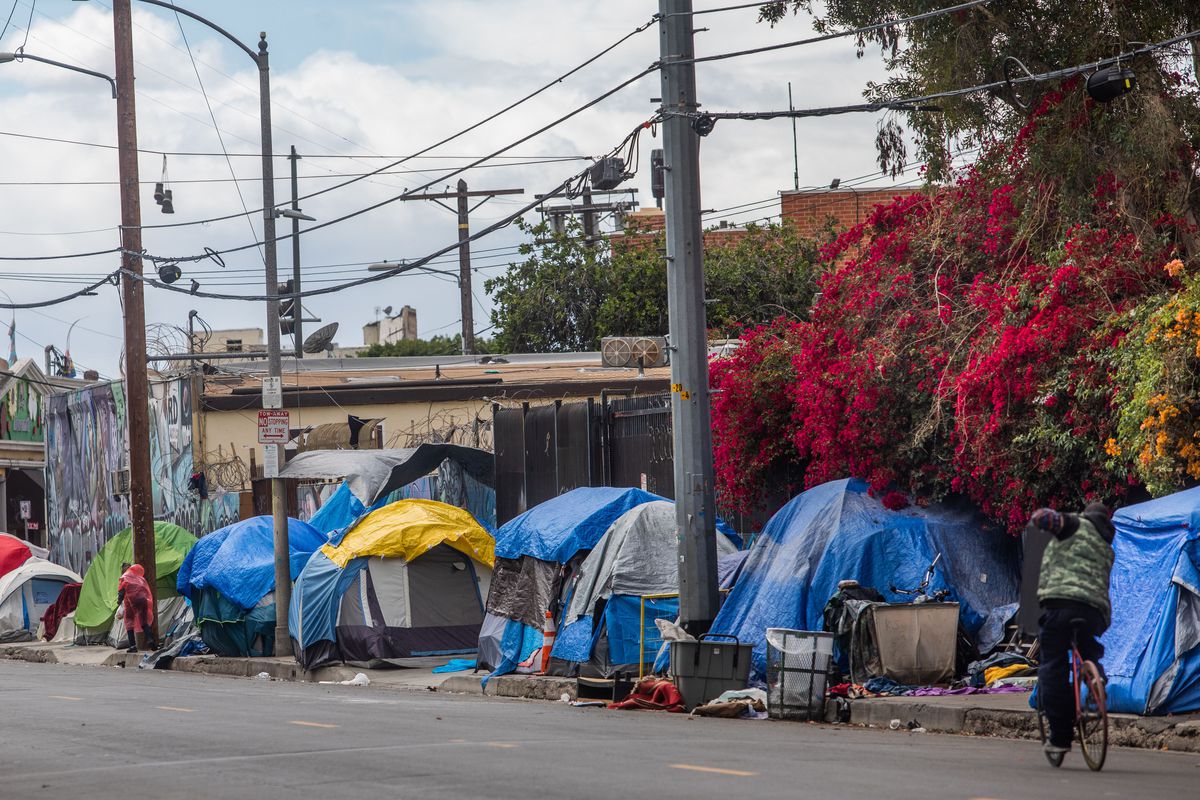Sheltered Individuals Who Experience Homlessness in Los Angeles County
Homelessness in Los Angeles, California (2023)
Understanding the demographics of homelessness in Los Angeles is crucial for specialized interventions and equitable resource allocation. It allows policymakers to create solutions to specific needs, especially for vulnerable populations. Beyond policy considerations, this understanding fosters empathy and informs careful decision-making, contributing to holistic and sustainable efforts to eradicate homelessness in Los Angeles County.
The 2023 dataset from LAHSA exclusively focuses on sheltered individuals in Los Angeles County, comprising 10,000 to 14,000 records from the Homeless Management Information System (HMIS). Distinct patterns in the sheltered population, including larger shares of women, children, and newly homeless individuals, are revealed. Presented in household and individual formats, UCLA’s Paul Beeman has standardized the records for enhanced consistency. The dataset, available in its original, de-identified form, along with a questionnaire and standardized version codebook, provides a focused resource for exploring the attributes and experiences of sheltered individuals during 2023.
Research Questions:
The research questions aim to explore the intersection of domestic abuse and substance abuse, stratified by age, race, and gender. By examining age-specific trends, racial variations, and gender variations, we seek to inform targeted interventions that address the unique challenges faced by different subpopulations. This research is essential for the development of inclusive support systems at the intersection of domestic and substance abuse for those who experience homelessness.
Domestic Abuse and Homelessness:
How are differences in age, race and gender dynamics linked to variations in experiences of domestic abuse among sheltered individuals in Los Angeles County, highlighting potential disparities in demographics and location?
Substance Abuse and Homelessness:
How are differences in age, race, and gender dynamics linked to variations in experiences of substance abuse among sheltered individuals in Los Angeles County, highlighting potential disparities in demographics and location?
Service Planning Areas (SPA):
In the United States, particularly in the state of California, Service Planning Areas (SPAs) are geographical regions used for planning and organizing health and social services. These areas are designed to help allocate resources and coordinate services effectively. For example, in Los Angeles County, California, there are eight Service Planning Areas, each responsible for planning and delivering health and social services to the residents within its boundaries.
In addressing homelessness, substance abuse, and domestic violence, Service Planning Areas (SPAs) help divide and identify which areas in Los Angeles need services.
Example of Substance Abuse Graphs
Findings: The analysis of substance abuse prevalence among sheltered individuals in Los Angeles County reveals significant racial disparities. Approximately 60.3% of Whites report experiencing some form of substance abuse, indicating a substantial impact within this racial group. In comparison, 33% of Blacks also report substance abuse.

Findings: The analysis of substance abuse among sheltered individuals in Los Angeles County shows a gender disparity. Of those experiencing substance abuse, 69% identify as male, while 31% identify as female.
Data Sources:
Los Angeles Country SPA and CSV Data
Survey of Sheltered Individuals Living in Los Angeles County (2023)
For further analysis, view the full study report here:Download the PDF Report
